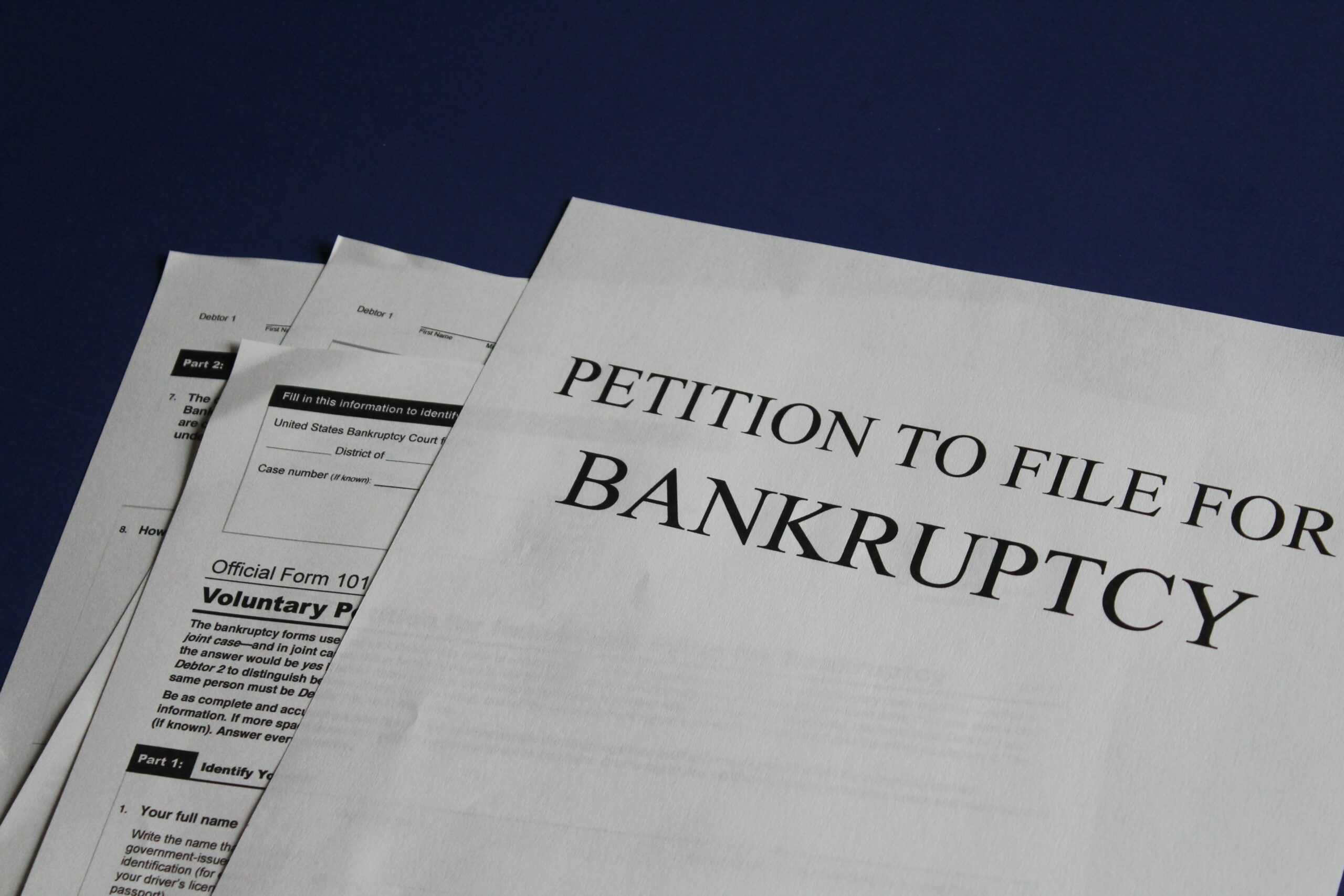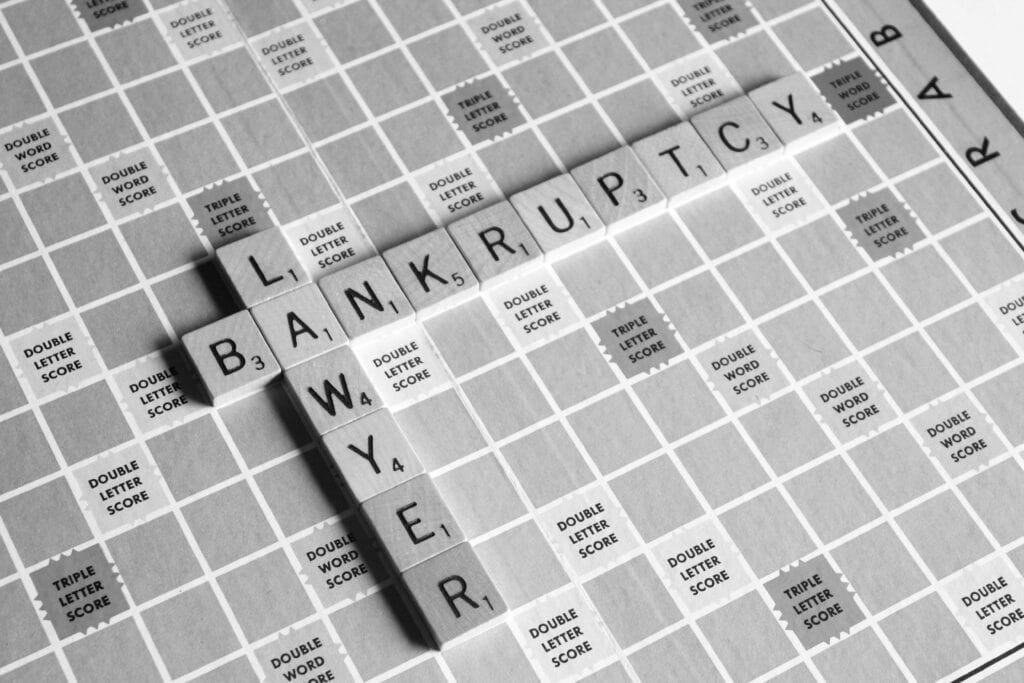
Losing income promised to you after an accident is scary. But your structured settlement can stay safe even if the paying company later fails. Special state laws protect your future payments in bankruptcy court. Planning ahead also gives more security!
How State Laws Shield Settlements in Bankruptcy
Many states totally exempt structured settlements from bankruptcy. Trustees can’t take those payments to pay a company’s debts.
Florida and Texas laws make settlements near bulletproof in bankruptcy court.
Other states like New York and California still protect large chunks of settlements. New York exempts over $100,000 of certain annuities. California shelters 80% of payments owed. The key is understanding protections in your state!
The only main risk under state laws is if fraud in setting up a settlement gets proven. For example, hiding company assets deliberately to keep them from creditors. Otherwise, strong state exemption laws offer excellent bankruptcy safety nets.
Extra Backup Protection Under Federal Bankruptcy Law!
Federal bankruptcy law provides extra layers of protection:
- It exempts $25,150 of personal injury settlement payments
- Annuities also often qualify as tax-deferred retirement accounts which bankruptcy can’t touch
- There is a “wildcard” exemption of $13,900 as another barrier
While federal bankruptcy exemptions matter, state laws form the first line of defense. many states provide unlimited protection for legitimate structured settlements.
Planning Ahead Gives You More Control!
Relying purely on exemptions leaves too much uncertainty. Thoughtful planning when first structuring settlement terms sets you up best in case the paying company later goes bankrupt.
Work with experts on structured settlements and bankruptcy laws when negotiating your settlement. They can add provisions protecting you down the road.
Some key provisions that help:
- Keep the right in the contract to sue or get payments from other sources if yours stop
- Structure payments to come from protected third-party trusts not controlled by Company
- Choose annuities over payment streams since they offer elevated protection
- Explain why the original injury claim deserves special non-dischargeable treatment
The goal is positioning terms in your favor at the start when you have the most leverage. Don’t give all power and control over the company. Protect yourself in case of non-payment.
Staying Alert to Avoid Risks!
Even if payments already started, some may be taken back if the company goes bankrupt. Recent transfers or payments seen as favoring certain creditors get extra scrutiny.
You can reduce risks around early payments and preferential treatment by:
- Receiving consistent rather than front-loaded payments
- Using independent payment sources like trusts
- Making clear public injury claims deserve special status
So risks exist, but smart moves at the start go a long way. Meet with experts on settlements and bankruptcy to plan protections. Relying purely on exemptions alone leaves too much unpredictability.
Move Forward With Confidence!
While bankruptcy brings nerves around maintaining your long-term settlement income, you have ample tools to reduce risks and provide stability. Leaning on state law protections, federal exemptions, and proactive legal provisions supplies security.

Consult experts with competency in both structured settlements and bankruptcy law when negotiating your original terms. They can guide you each step so your financial health stays protected regardless of what comes at the company responsible for funding years and years of payments still ahead.
FAQs Regarding Structured Settlements
What is a structured settlement?
A structured settlement Annuity provides long-term tax-free payments to an injured claimant instead of a single lump sum payment after settling a lawsuit. Payments come through an annuity bought from a life insurance company.
What are the benefits of structured settlement Annuities?
Structured settlements give steady, predictable cash flow over many years. This provides financial security. Payments are tax-free under federal law. Claimants avoid risks of mismanaging a large lump sum.
Can structured settlements lose protection after bankruptcy?
In most cases, structured settlements retain protection after bankruptcy due to exemptions under federal and state laws. However, risks increase if proper precautions aren’t taken when first structuring terms.
What are structured settlement payment rights?
Payment rights refer to the specific schedule of tax-free payments owed to an injury claimant per the structured settlement terms. This includes amounts, frequencies, and duration.
Can a bankruptcy trustee take over structured settlement payments?
In most states, exemption laws explicitly prevent trustees from taking payments. States offer unlimited exemptions. Even federal bankruptcy law exempts $25,150 of payments.
Can prior settlement payments be clawed back after bankruptcy?
Payments made 90 days before a bankruptcy can potentially be clawed back. Terms should shield against preferential treatment implications among creditors pre-bankruptcy.
How else can a bankruptcy compromise my structured settlement?
The paying company could default on the remaining payments owed. Or their debt obligation could get discharged after bankruptcy, removing legal payment liability.
What are the best ways to protect my settlement in bankruptcy?
Work with legal and financial experts on state exemption optimization, payment structuring, properly memorializing status of underlying injury claims, and including protective contractual provisions before finalizing terms.
.

